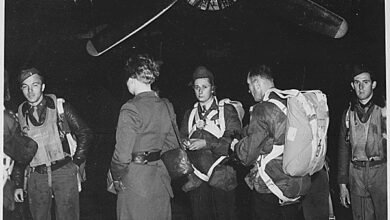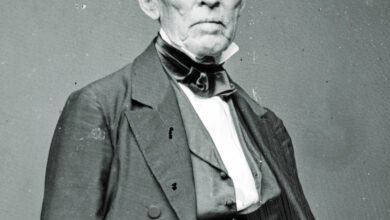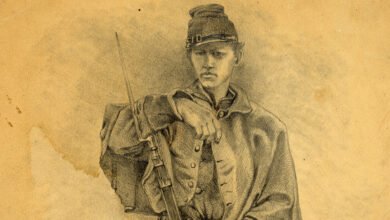

By the end of the Civil War, it is estimated that surgeons on both sides had conducted roughly 60,000 amputations. With the increased number of disabled veterans, the prosthetic industry saw great advances. Many of these veterans, however, decided not to wear artificial limbs for various reasons, including not wishing to take “charity” from the government (which gave a stipend to veterans for the purchase of a prosthesis), and making their contribution to their cause more visible to the public, by pinning up an empty sleeve or trouser leg instead of hiding the injury with an artificial limb. In addition, depending on the type of injury or how the wound healed, some prosthetic limbs could be uncomfortable to wear.
As a result, another industry sprang up that made implements for veterans who did not have a prosthesis. Veterans who had lost an arm learned to use specially designed devices with their remaining limb in order to perform everyday tasks.
One of these devices was the “One Armed Man Fork.” This knife and fork combination utensil was also given the name “knork.” While the basic design had been in existence since the 1700s, it was refined and made popular just after the Civil War. One of the companies manufacturing the knork was the Artificial Limbs & Specialties Co. of New York, which partnered with The Press Button Knife Co. to manufacture a switchblade version. The blade was enclosed and could be released by pressing a button. The blade was made of steel and the handle was aluminum. An advertisement for this device states that “a piece of meat can be cut on the plate by a rolling motion given to the knife, and the knife can then be inverted by twisting the hand and food conveyed to the mouth by means of the fork. Butter can be spread upon bread, potatoes mashed, and other services performed. Pressure applied to the press button will release the lock and the knife can be closed and carried in the pocket. Price: $2.00.”
Less elaborate styles of knorks (as shown in the photo) were also available for those on a limited budget.
Source link







